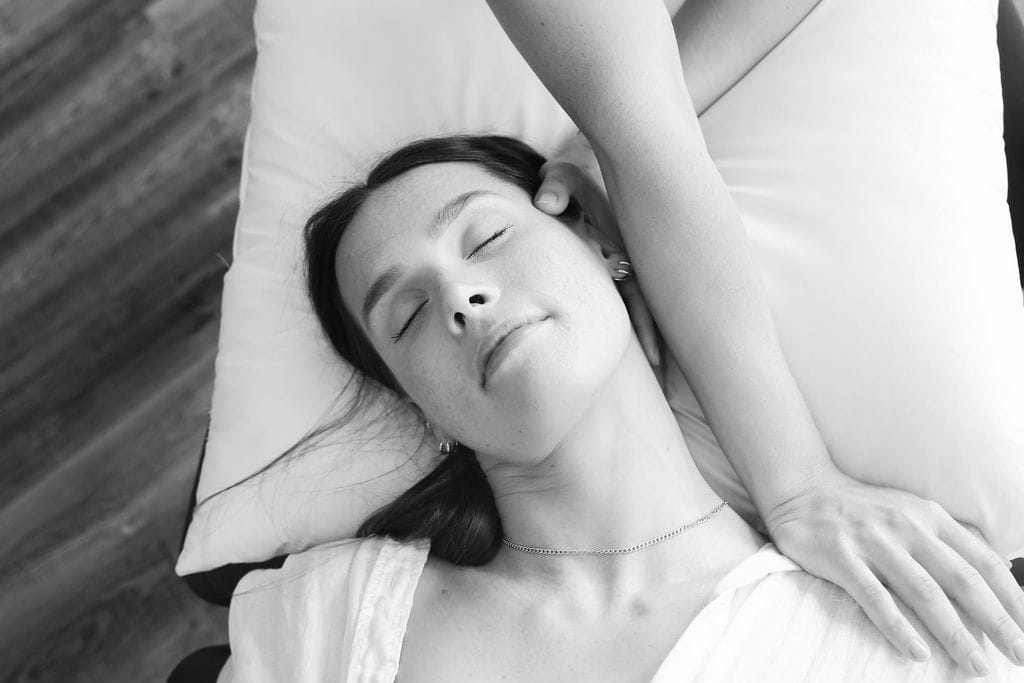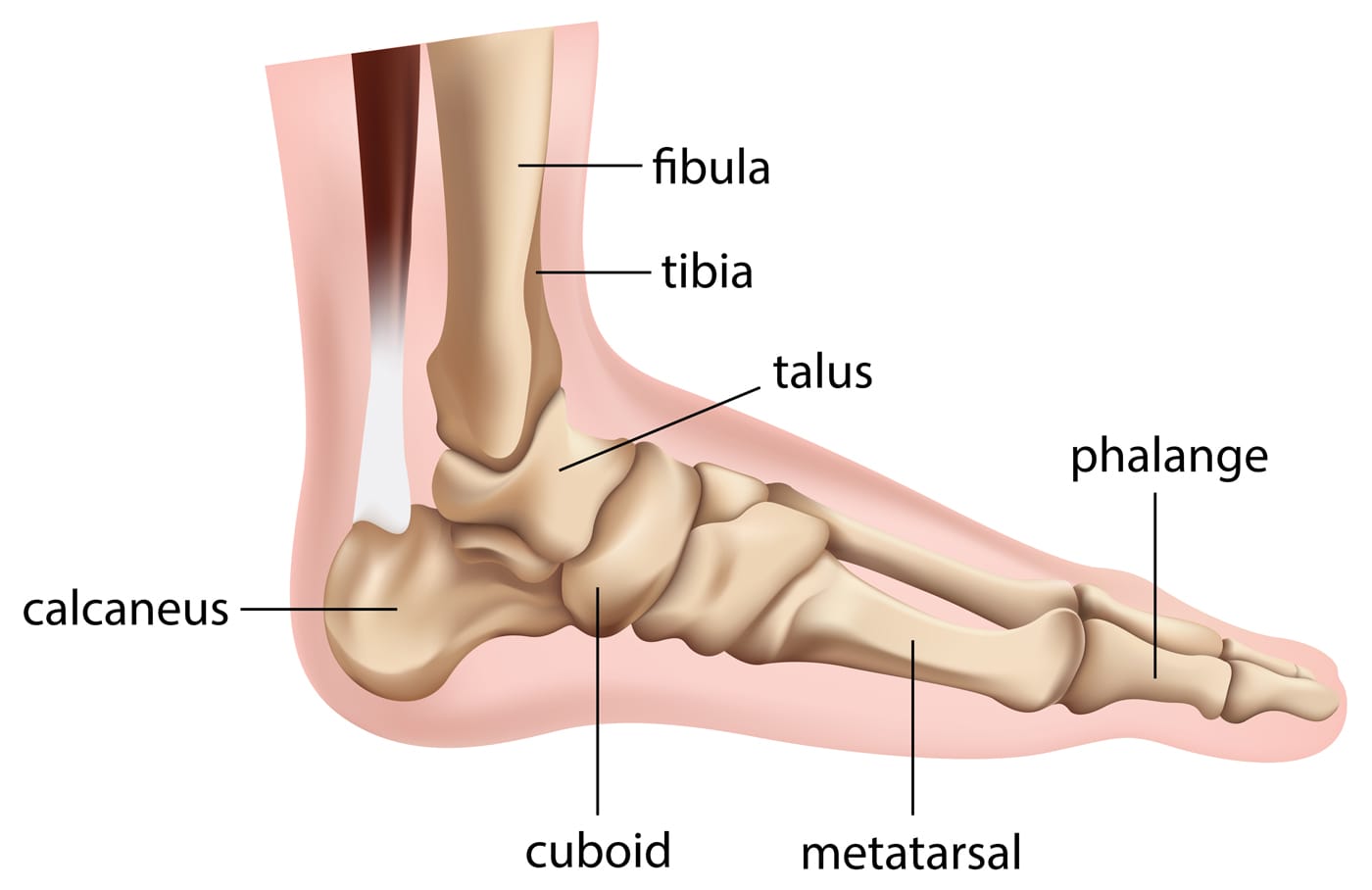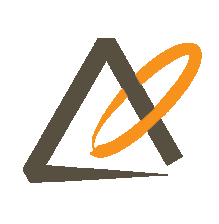A Massage Therapist can be an integral part of your healthcare team to help you relax, reduce muscle tension, and alleviate pain or discomfort through manual manipulation of soft tissues in the body.
To find the best massage therapist near you, you can follow these steps:
- Ask for recommendations: Start by asking your friends, family members, or colleagues if they can recommend a good massage therapist they have had a positive experience with. Personal recommendations are often reliable.
- Search online: Look up “massage therapy clinics near me”, and read their reviews online.
- Check credentials and qualifications: Make sure the massage therapist is registered with the College of Massage Therapists of Ontario.
- Consider specialization and modalities: Determine the type of massage you’re interested in or any specific needs you have, such as deep tissue massage, sports massage, or prenatal massage. Some therapists specialize in certain modalities, so look for those who offer the specific type of massage you desire.
- Contact and ask questions: Reach out to the clinic you’re considering and ask them questions about their experience, training, techniques, and any other concerns you may have. This can help you assess their knowledge and determine if they are a good fit for you.
- Consider location and convenience: Take into account the location of the massage therapist’s practice. Choose someone who is conveniently located, ensuring it’s not too far from your home or workplace, making it easier to schedule and attend appointments.
- Visit the therapist’s facility: If possible, visit the therapist’s facility before booking an appointment. Assess the cleanliness, ambiance, and overall atmosphere to ensure it aligns with your preferences and promotes relaxation.
- Trust your intuition: Trust your instincts when selecting a massage therapist. If something feels off or you don’t feel comfortable during the initial interactions, it may be best to continue your search for a therapist who puts you at ease.
FAQs About Finding a Massage Therapist Near You

How often should I get a massage?
Regular massages can help you manage your stress and any other symptoms you may have. They can also help with pain relief, improve your flexibility and promote your overall well-being. Ideally, one session a week can help you maintain good health, but it is wise to ask your massage therapist for recommendations with regard to frequency.
What is the best duration for a massage?
Massage treatments range from 30-minute to 90-minute sessions. If you would like your entire body to be worked on, at least 60 minutes is recommended. A 30-minute session can suffice for a targeted area treatment.
Do you take off all your clothes for massage?
Most massage therapists prefer that you undress for your massage therapy session. You may request a gown if you wish but massage therapists are trained to drape their patients to maintain their privacy.
Is it rude to fall asleep during a massage?
Not at all, massage therapists are able to continue treating you even if you fall asleep. It is not rude, nor does it insult them in any way. Some might even take it as a compliment that they were able to relax you enough for you to fall asleep.
Should you talk during a massage?
As the client, you can choose to converse with your massage therapist, whenever you want. That being said, if you prefer peace and quiet and do not wish to talk during your session, feel free to let your therapist know.
A massage therapy clinic near me looks sketchy, how do I find out if it is a reputed clinic?
- Look up the clinic’s website and see if it looks respectable.
- Check for online reviews.
- Ask if the massage therapist is registered with the College of Massage Therapists of Ontario, ask for their name, and look them up on the College Register.
What is the most effective type of massage?
There are different types of massage techniques. A massage therapy treatment transmits dedication and care which can have profound effects on health and well-being by providing mental and physical relaxation.
- Relaxation Massage: A relaxation massage has a powerful effect on the nervous system that affects the whole body. It restores harmony to those who are stressed through careful manipulation of the muscles and joints.
- Deep Tissue Massage: A deep tissue massage aims to relieve chronic tension, through slow movements and deep pressure on contracted areas. A deep tissue massage provides profound relief with enduring effects in areas difficult to address with a more superficial muscle massage.
- Swedish Massage: This is the most common type of massage, characterized by long, gliding strokes, kneading, and circular movements. It aims to promote relaxation, improve circulation, and relieve muscle tension.
- Sports Massage: Primarily designed for athletes or individuals engaged in physical activities, sports massage helps prevent and treat sports-related injuries. It combines techniques from Swedish massage, deep tissue massage, and stretching to enhance performance, flexibility, and recovery.
- Hot Stone Massage: This type of massage involves placing smooth, heated stones on specific points of the body. The therapist may also use the stones to massage the body, providing a deep sense of relaxation and relieving muscle tension.
- Thai Massage: Also known as Thai yoga massage, it combines acupressure, stretching, and assisted yoga postures. The therapist uses their hands, knees, legs, and feet to apply rhythmic pressure and stretch the body, promoting flexibility and energy flow.
- Shiatsu Massage: Originating from Japan, Shiatsu massage applies finger pressure to specific points on the body to balance the body’s energy flow. It incorporates stretching and gentle joint manipulation techniques.
- Reflexology: This massage focuses on specific reflex points on the hands, feet, and ears that are believed to correspond to different organs and systems in the body. Pressure is applied to these points to promote relaxation and stimulate healing responses.
Is it rude not to tip a massage therapist?
A tip is never required at our clinics, however, it may be appreciated by your massage therapist. If you choose not to tip, by no means will it be considered rude.
However, in some settings like spas and hotel spas, it is considered a norm to tip your massage therapist.
Our More Locations
Physiotherapy Etobicoke | Physiotherapy Oakville | Physiotherapy North York | Physiotherapy Toronto | Physiotherapy Lawrence Park | Physiotherapy Mississauga | Physiotherapy Queens Quay | Physiotherapy Mississauga Erin Mills | Physiotherapy Liberty Village
How do I find a massage therapist near me?
We have 8 locations with registered massage therapists to help you. Book an Appointment today!
- RMT Etobicoke – Triangle Physiotherapy Etobicoke
- Registered Massage Therapy Oakville – Triangle Physiotherapy Oakville
- Massage Therapy North York – Triangle Physiotherapy North York
- Best RMT in Mississauga – Triangle Physiotherapy Mississauga
- RMT Downtown Toronto – Triangle Physiotherapy King West
- Uptown Toronto RMT – Triangle Physiotherapy Lawrence Park
- RMT near me in Downtown Toronto – Triangle Physiotherapy Queens Quay
- Mississauga RMT near me – Triangle Physiotherapy Erin Mills
Finding the best massage therapist involves considering factors like qualifications, experience, and the range of services offered. If you’re also looking for professional physiotherapy services to complement your massage therapy, there are excellent clinics in physiotherapy Etobicoke, Oakville, North York, Toronto, Lawrence Park, Queens Quay, Erin Mills, Mississauga, and Liberty Village. These locations provide expert care and personalized treatment plans to help you achieve overall wellness and recovery.
- Bones and joints
- Ligaments and tendons
- Muscles
- Nerves
- Blood vessels

Ankle bones
The ankle joint consists three bones: The ankle bone (Talus), shin bone (Tibia), which holds the Talus at the lower end along with a parallel thinner bone (Fibula) and the heel bone (calcaneus). The talus has a socket-like structure which allows it to work like a one-directional hinge.
Aslo read, Physiotherapy Clinic in Etobicoke
Ligaments and Tendons
Ligaments and Tendons serve similar functions but in slightly different ways. While they are both referred to as “soft tissue” structures, ligaments attach bones to bones while tendons attach muscles to bones. Both of them are made of collagen fibers.
Muscles
Muscles work by stretching and contracting, which allows us to walk, run and jump. Below are some of the most prominent muscles of the lower leg:
- The peroneals (peroneus longus and peroneus brevis) are located on the outside edge of the ankle and are mainly responsible for bending the foot down and out.
- The calf muscles (gastrocnemius and soleus) connect to the calcaneus by the Achilles tendon. When the calf muscles tighten, they bend the ankle down.
- The tibialis posterior muscle supports the arch of the foot and helps turn the foot inward.
- The tibialis anterior pulls the ankle upward.
Also read, Physiotherapy Clinic in Mississuaga
Nerves
The nerves on the outer edge and front part of the ankle control muscle movement and provide sensation to the top and outside edge of the foot.
Blood Vessels
There are many arteries which supply blood to the ankle such as the dorsalis pedis, tibial artery, etc. Without adequate blood supply, the muscles of the ankle would not be able to function and would cause significant impairments.
We have 6 clinics located across the GTA: Etobicoke, Oakville, Mississauga, North York, and Toronto (King Street West and Yonge Street. If you are suffering from foot or ankle problems you may benefit from treatment. Don’t suffer any longer! Call or email us today and we will be happy to answer all of your questions.
You can book an appointment for Ankle Anatomy: Click here to book an appointment
Understanding ankle anatomy is crucial for preventing injuries and ensuring proper treatment. If you need expert physiotherapy services to help manage ankle conditions or injuries, consider visiting clinics in physiotherapy Etobicoke, Oakville, North York, Toronto, Lawrence Park, Queens Quay, Erin Mills, Mississauga, and Liberty Village. These locations provide comprehensive care and customized treatment plans to support your recovery and maintain ankle health.



